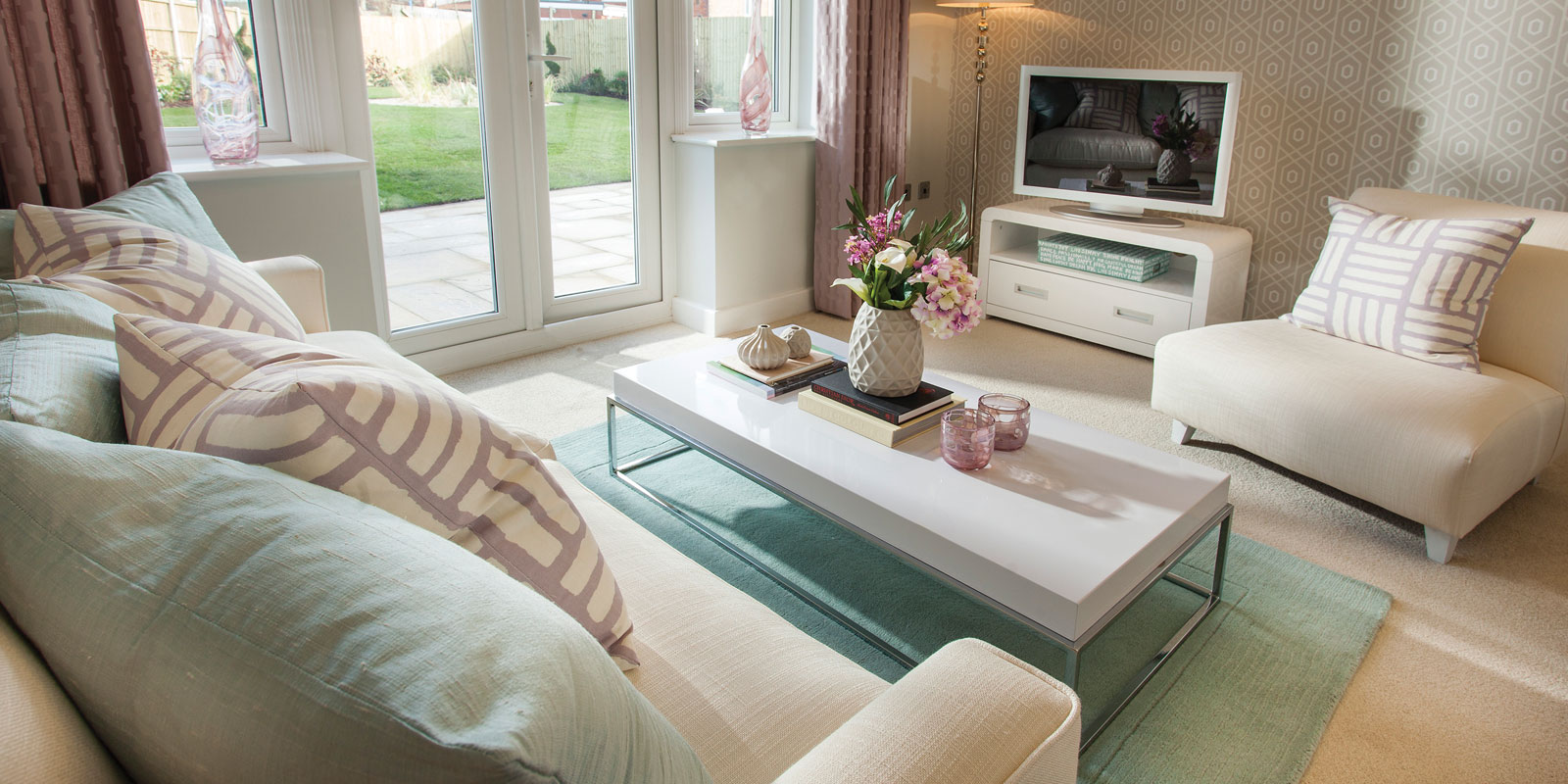DIY and maintenance advice
Looking after your new home
Your new home needs a little loving care from you to keep it in tip-top condition, so follow our quick guide to maintaining your house – inside and out.
For more detailed information on looking after your new home, click here to see the NHBC’s guide.
Inside
• The electrical wiring from light switches and power points usually runs vertically up or down the wall behind the plasterboard.
Tip…To avoid damaging wiring when hanging pictures or fixing shelves, leave at least 20cm on either side of switches or buy a cable detecting device from a DIY store.
• Before you start drilling holes into the walls, you need to know what sort of fixing to choose. The NHBC’s booklet has more information to guide you.
• Avoid storing items in the loft, as the roof structure may not have been designed to take the additional load and the loft insulation may prevent safe access.
• If you have new carpets fitted after you’ve moved in, you may need to plane down internal doors to increase the clearance height and avoid damaging the carpet.
Outside
• Make sure manholes are kept clear of soil, turf or paving, as they are designed to provide access to the drainage system underground.
• Keep soil, grass and path levels below the damp course (generally two brick courses high) and make sure air bricks and permanent ventilators are not blocked or covered.
• External finishes will start to dull over time, so wash them with clean, soapy water. Repaint outdoor woodwork after about two years, then again every four or five years.
• Clean out gutters at least once a year to remove leaves and debris.
• Gravel or stones on driveways or paths may need replacing or adding to over time, as part of normal maintenance.
One year on…
You’ve been in your new home for a year. The good news is it should now have fully dried out, so you can start repainting or adding wallpaper if you choose.
Before you begin though, remember to fill in any minor gaps and shrinkage cracks with decorator’s filler, then sand down to leave a smooth surface for painting.
If you’re painting new wood, keep in mind that it will absorb some of the paint, so you may need more coats to achieve an even coverage. Make sure it’s clean and totally dry before you start painting.
If you need a little design inspiration, take a look at some of our favourite showhome schemes:
Emergency helplines
Your home is covered by our Lovell two-year warranty. If there’s a problem, call a member of our dedicated Customer Care team on the number in your welcome pack during office hours and they’ll arrange a time to visit you to carry out repairs.
In an emergency – such as a power failure, water leak or drain blockage – in the evening, at weekends or during bank holidays, call our out-of-hours team on Freephone 0845 600 0237.



























